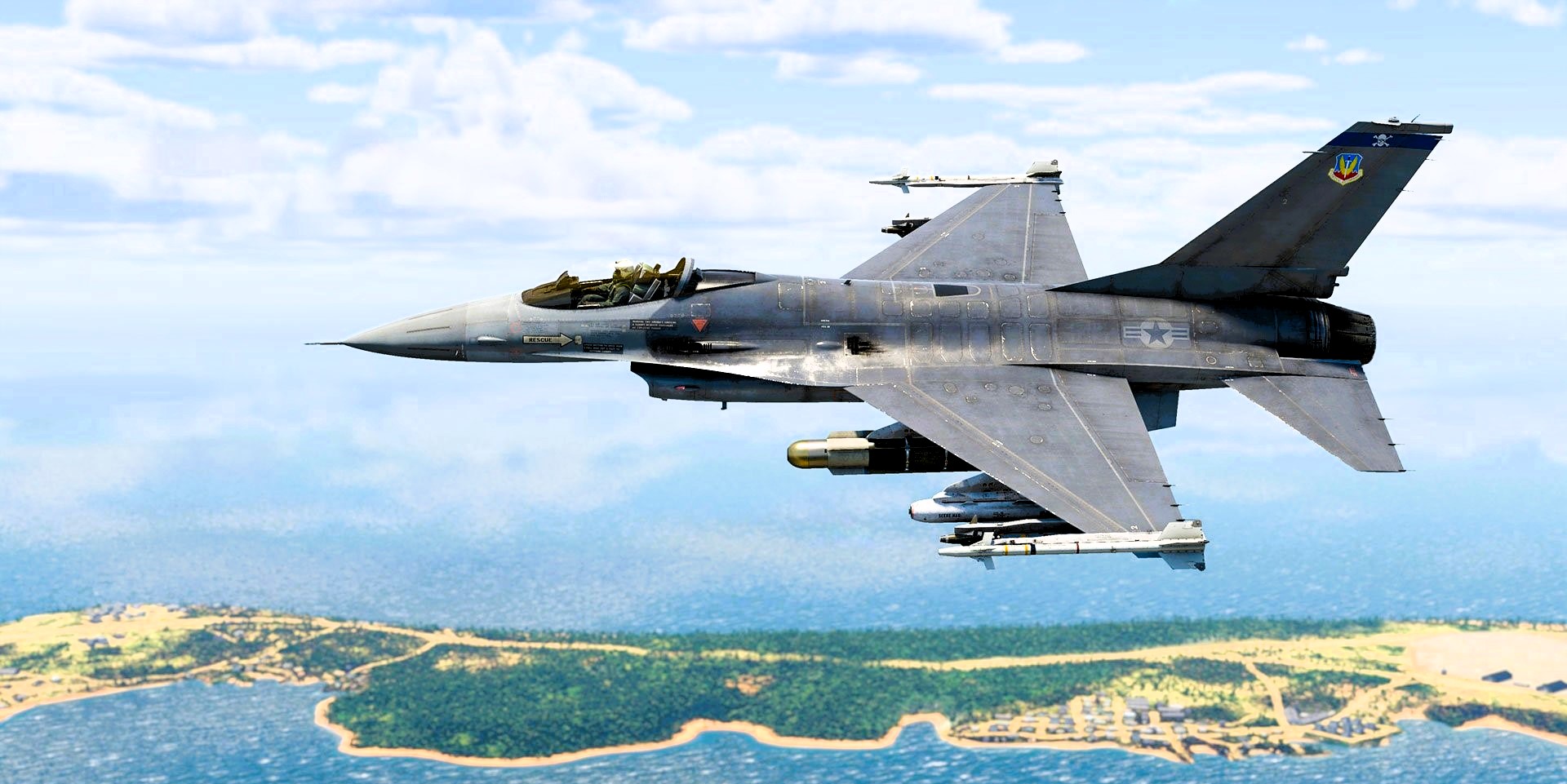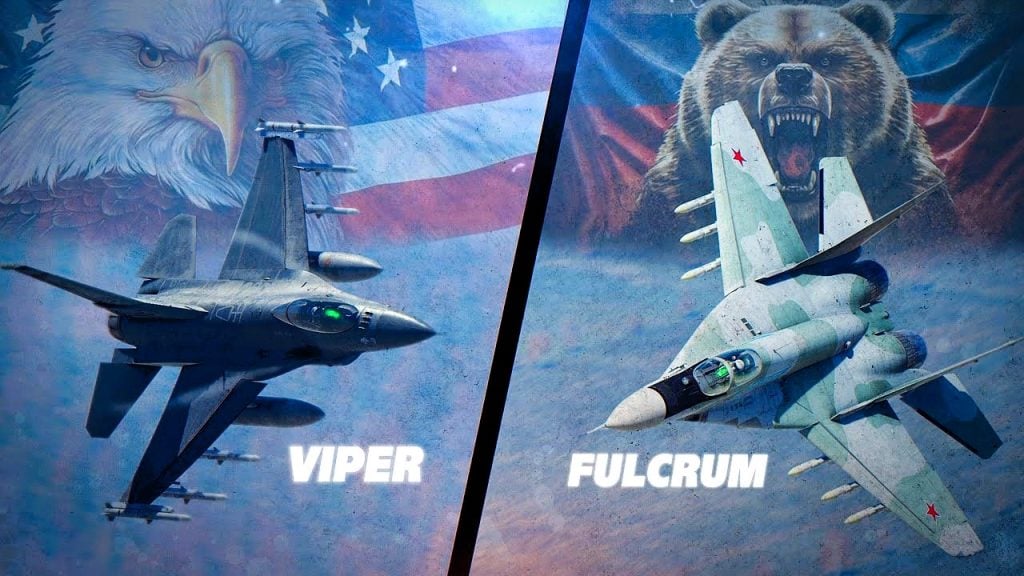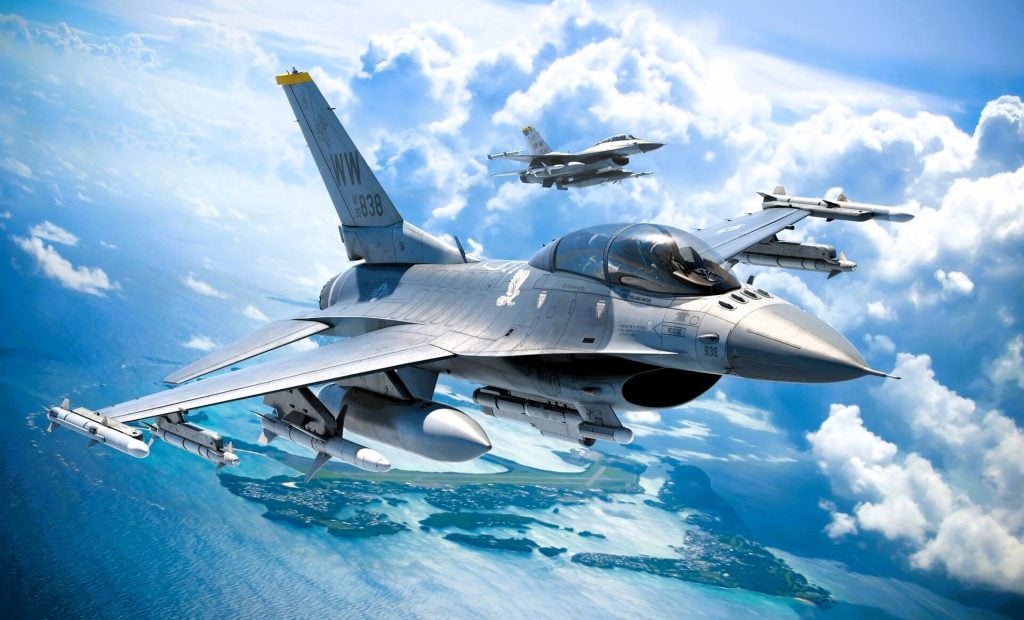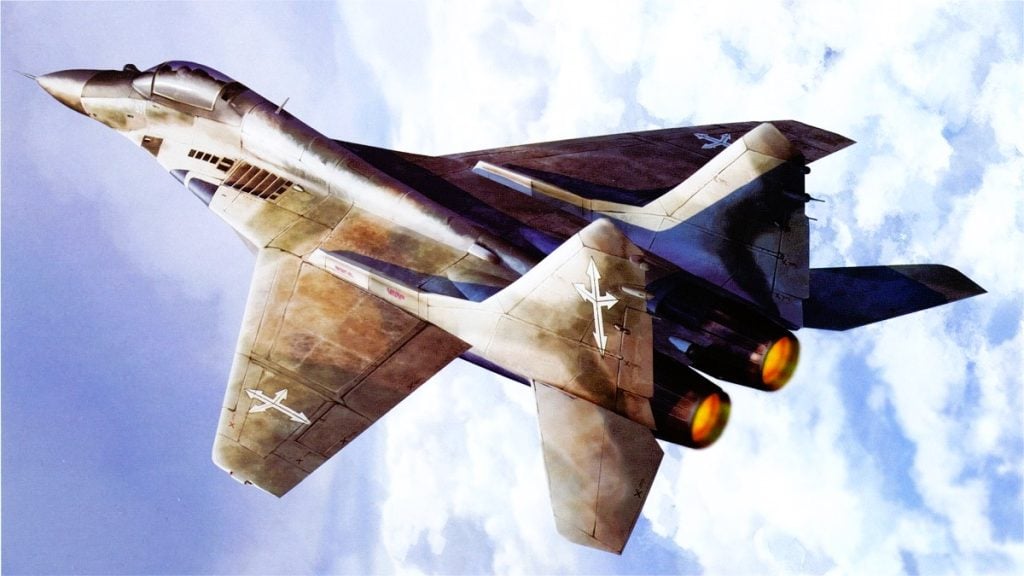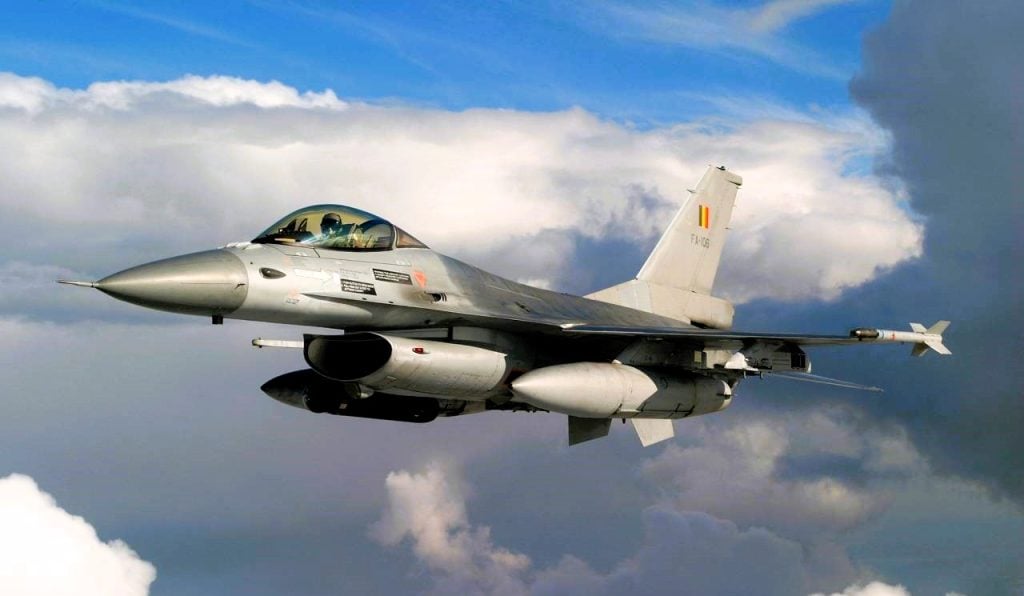In the ever-evolving landscape of military aviation, the clash between the American-built F-16 Viper and the Soviet-era Mikoyan MiG-29 Fulcrum has become a captivating narrative. These two multirole fighter jets, each with its own unique capabilities and legacies, have become the focal point of a strategic tug-of-war between the West and the East. As the geopolitical landscape continues to shift, the role of these formidable aircraft F-16 Viper Vs MiG-29 in shaping the outcome of modern conflicts has become increasingly paramount.
The F-16 Fighting Falcon
The F-16 Fighting Falcon, also known as the “Viper,” is a single-engine supersonic multirole fighter aircraft that has become a staple of air forces around the world. Developed by General Dynamics in response to the United States Air Force’s (USAF) need for a lightweight, agile, and versatile fighter, the F-16 has proven itself time and time again in various combat scenarios.
The Birth of a Legend
The F-16’s origins can be traced back to the Vietnam War, where it became apparent that the USAF required a new generation of fighter aircraft to establish air superiority. Five manufacturers took on the challenge, and the General Dynamics YF-16 emerged as the winner, making its maiden flight in 1974. The Viper’s versatility, speed, and maneuverability quickly made it a favorite among pilots and a formidable adversary for its opponents.
Expanding the Viper’s Capabilities
Over the years, the F-16 has undergone numerous upgrades and modifications, ensuring that it remains a cutting-edge platform. From advanced avionics and weapons systems to improved engines and airframes, the Viper has continuously evolved to meet the changing demands of modern warfare. Today, the F-16 is capable of performing a wide range of missions, including air-to-air combat, air-to-ground strikes, and even long-range cruise missile launches.
The Mikoyan MiG-29
The Mikoyan MiG-29, NATO-named the “Fulcrum,” is a twin-engine fighter aircraft developed by the Soviet Union as a direct response to the American-built F-15 Eagle and F-16 Fighting Falcon. Designed to counter the technological superiority of these Western fighters, the MiG-29 has become a formidable force in its own right.
Lessons Learned from Vietnam
The development of the MiG-29 was heavily influenced by the Soviet’s experiences during the Vietnam War, where they observed the vulnerability of American fighter-bombers to highly maneuverable MiG-17 aircraft. This realization prompted the Soviets to embark on a mission to create a new air superiority fighter that could challenge the West’s technological dominance.
A Formidable Adversary
The MiG-29 entered service in 1983 and quickly became a staple of the Soviet Air Force and its allied nations. With its impressive speed, maneuverability, and weapons payload, the Fulcrum has proven itself to be a formidable adversary in the skies. However, as NATO pilots have discovered, the MiG-29 also has its weaknesses, particularly in terms of fuel capacity and situational awareness.
Equivalent Ranks of IAS, IPS and Armed Forces Officers
The Clash of the Titans
As the geopolitical landscape continues to evolve, the competition between the F-16 Viper and the MiG-29 Fulcrum has taken on new significance. The deployment of these multirole fighters to various conflict zones has become a crucial factor in determining the outcome of modern battles.
Tactical Advantages and Limitations
While the F-16 offers impressive capabilities in terms of air-to-air and air-to-ground operations, the training and experience of the pilots, as well as the availability of advanced munitions, will play a crucial role in determining its effectiveness in the Ukrainian skies. Similarly, the MiG-29’s strengths in maneuverability and speed may be offset by its vulnerabilities, such as limited fuel capacity and situational awareness.
A War of Attrition
The ongoing conflict in Ukraine has highlighted the importance of air superiority in modern warfare. As both sides seek to gain the upper hand, the deployment of the F-16 Viper and the MiG-29 Fulcrum has become a strategic priority. The ability of these multirole fighters to neutralize enemy aircraft, intercept drones and missiles, and provide close air support to ground forces will be instrumental in shaping the course of the war.
The Future of Airpower
As the world of military aviation continues to advance, the roles and capabilities of the F-16 Viper and the MiG-29 Fulcrum are also undergoing a transformation. These multirole fighters are being adapted to meet the changing demands of modern warfare, with a focus on enhancing their versatility and lethality.
Integrating New Technologies
Both the F-16 and the MiG-29 are undergoing upgrades and modernization efforts to incorporate the latest advancements in avionics, weapons systems, and electronic warfare capabilities. These enhancements are designed to ensure that these multirole fighters remain relevant and effective in the face of ever-evolving threats.
Shaping the Future of Air Superiority
The competition between the F-16 Viper and the MiG-29 Fulcrum is not just a battle of hardware, but also a clash of doctrines and strategic visions. As the global security landscape continues to shift, the ability of these multirole fighters to adapt and excel in a wide range of combat scenarios will be a key factor in determining the future of air superiority.
14 Military Vehicles That Changed How Wars Are Fought Forever
Conclusion
The ongoing saga of the F-16 Viper and the MiG-29 Fulcrum is a testament to the enduring significance of air power in modern warfare. As these two formidable multirole fighters continue to shape the course of conflicts around the world, their legacies will undoubtedly leave an indelible mark on the annals of military aviation. The battle between these titans is not just a clash of metal and technology, but a reflection of the broader geopolitical tensions that define the global security landscape.
FAQs
1. Has an F-16 ever shot down a MiG-29?
On April 21, 1999, as reported by Lieven Dewitte, four F-16AMs belonging to the Royal Netherlands Air Force (RNLAF) were among the initial NATO aircraft to penetrate Serbian airspace on the night of March 24. Shortly after entering, Dutch forces swiftly achieved their first air-to-air victory since World War II by successfully downing a Serbian MiG-29.
2. Is MiG 31 better than F-16?
Once equipped with AIM-120s, F-16s will continue to face a range disadvantage when compared to MiG-31s armed with R-37Ms.
3. What is the US equivalent of the MiG-29?
The MiG-29 can engage ground targets with rockets visible to the pilot. To train MiG-29 pilots, the two-seat MiG-29UB combat trainer was developed based on the single-seat fighter design. The MiG-29 is often compared to American fighters like the F-16 and F/A-18.
4. What are the key differences between the F-16 Viper and the MiG-29 Fulcrum?
The F-16 is a single-engine supersonic multirole fighter, while the MiG-29 is a twin-engine air superiority fighter.
